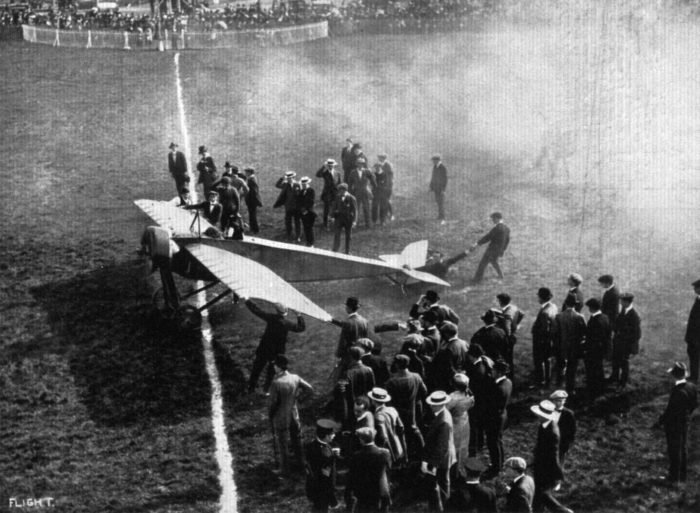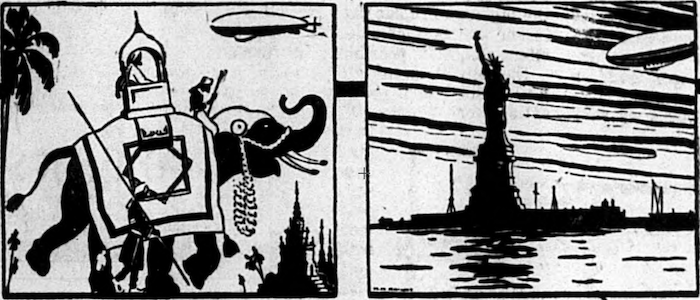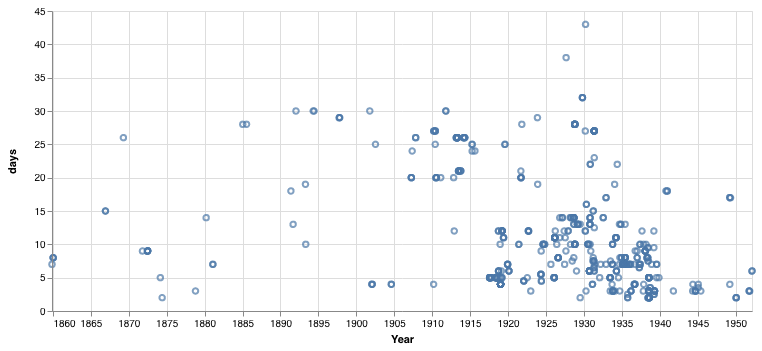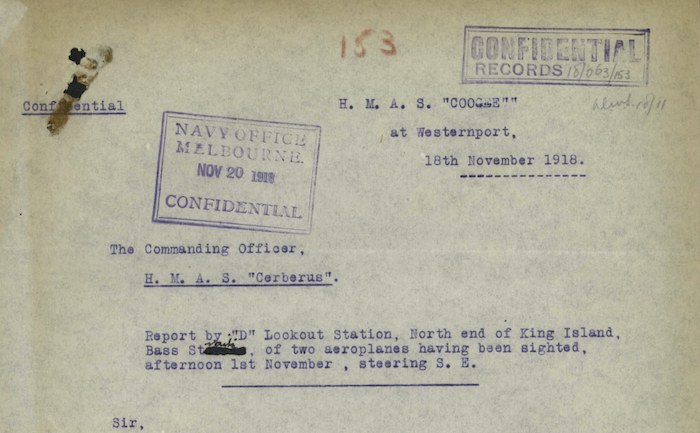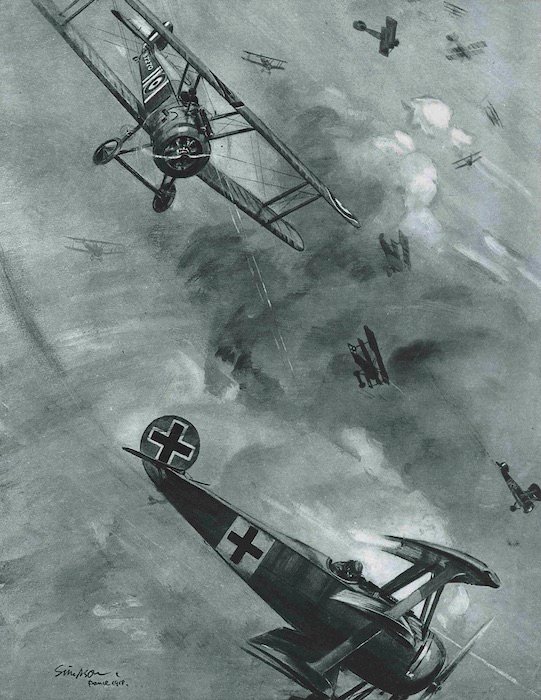Perfectly ordinary banter, 1944
Since this thread received absolutely no love over on Twitter, some lazyblogging of a 1944 article entitled ‘Jargon of the skies’ by James E. Wellard on RAF and US Army slang, published in the Toronto Star Weekly (via the Perth Sunday Times): — Brett Holman (@Airminded) April 30, 2019



